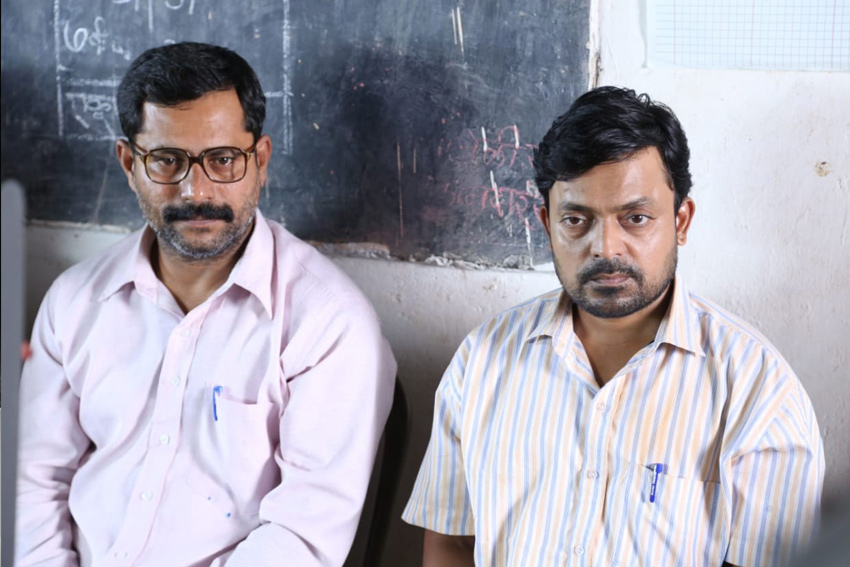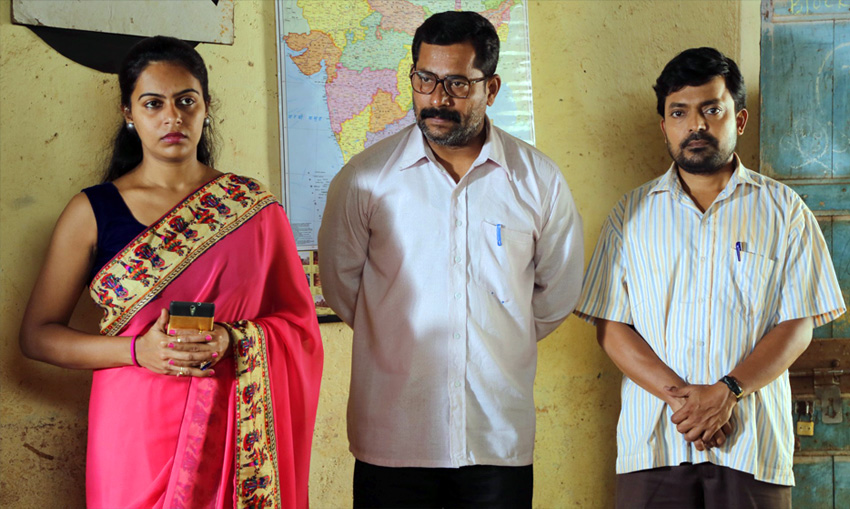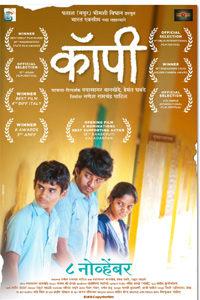New Marathi film ‘Copy’ throws light on disorganised education system at Taluka level
We are all aware, how the Government insists on the head count besides the passing percentage, to enable the schools from Taluka level in Maharashtra to receive the Government grant. Now, to check whether this grant received from Government is properly used for running such schools, it all depends upon the inspection carried out by the Inspectors of Education department. Not always the school authorities can manage such Visiting Inspectors. If an honest Inspector pays a surprise visit to a particular school and exposes the irregularity, it only results in stopping the grant and ultimately the closure of school.

Through the latest released Marathi film ‘Copy’ writer- directors Dayasagar Wankhede and Hemant Dhabade have thrown light on the disorganised education system followed in one of the schools, especially at the Taluka level . Very cleverly they have shown how the trustees of the schools manipulate the administrative procedure by blocking the salaries of teachers and encourage some of the teachers to run the private coaching classes and with their help allow the children to ‘copy’ during the final exams, to inflate the result percentage of the school.

But, what about those sincere committed teachers and the poor students from villages, who walk down miles to reach the school at taluka level and who work hard and are willing to study honestly with dreams in their eyes? So, through the characters of two committed teachers namely Anshuman Vichare and Jagannath Nivangune they have presented the scenario of a secondary school run by a corrupt Trustee who is also a politician. At the same time, he shows how a selfish senior teacher played by Milind Shinde, besides teaching in this school, also runs a private coaching academy , with the help of few teachers from the school. And above all, with the help of three poor children from the families of Brick kiln workers , they have shown how the corrupt system affects their dreams.
Though the method adopted by the film makers is not very appealing, they do succeed in conveying the message to all. The directors have also highlighted the importance of offering education to girls, which is very timely. There are few shortcomings in the screenplay, which has kept the two protagonist teachers always at the receiving end with no hope for their efforts to change the system. Even the closing scene aims at the people watching the film and for tolerating the exploitative educational system.
The three students played by Pratik Lad, Adnesh Madushingarkar & Shraddha Sawant from poor background have performed well, clearly showing their desire to take education in spite of financial constraints. However the other students shown in the class don’t look natural. Among the teachers, Anshuman Vichare and Jagannath Nivangune display their potential through different type of roles. However, their characters haven’ found enough scope. It is Milind Shinde through his negative character finds more scope. Good support comes from Kamlesh Sawant in the role of an upright education inspector. Music isn’t very engaging, but cinematography by Santonio Terzio is the best, covering the beautiful rural locations in and around Pen taluka area in Raigad district off Mumbai.
